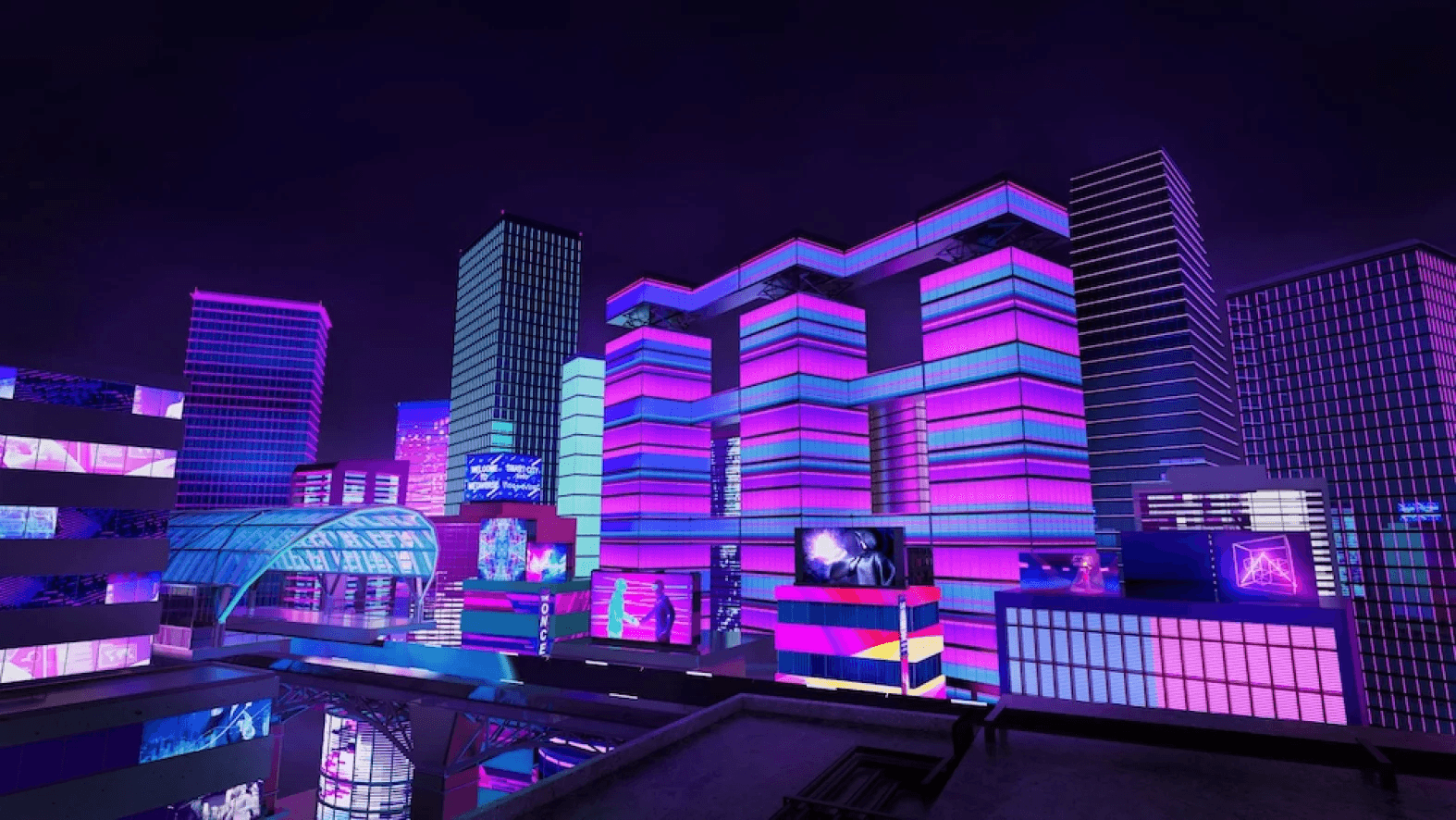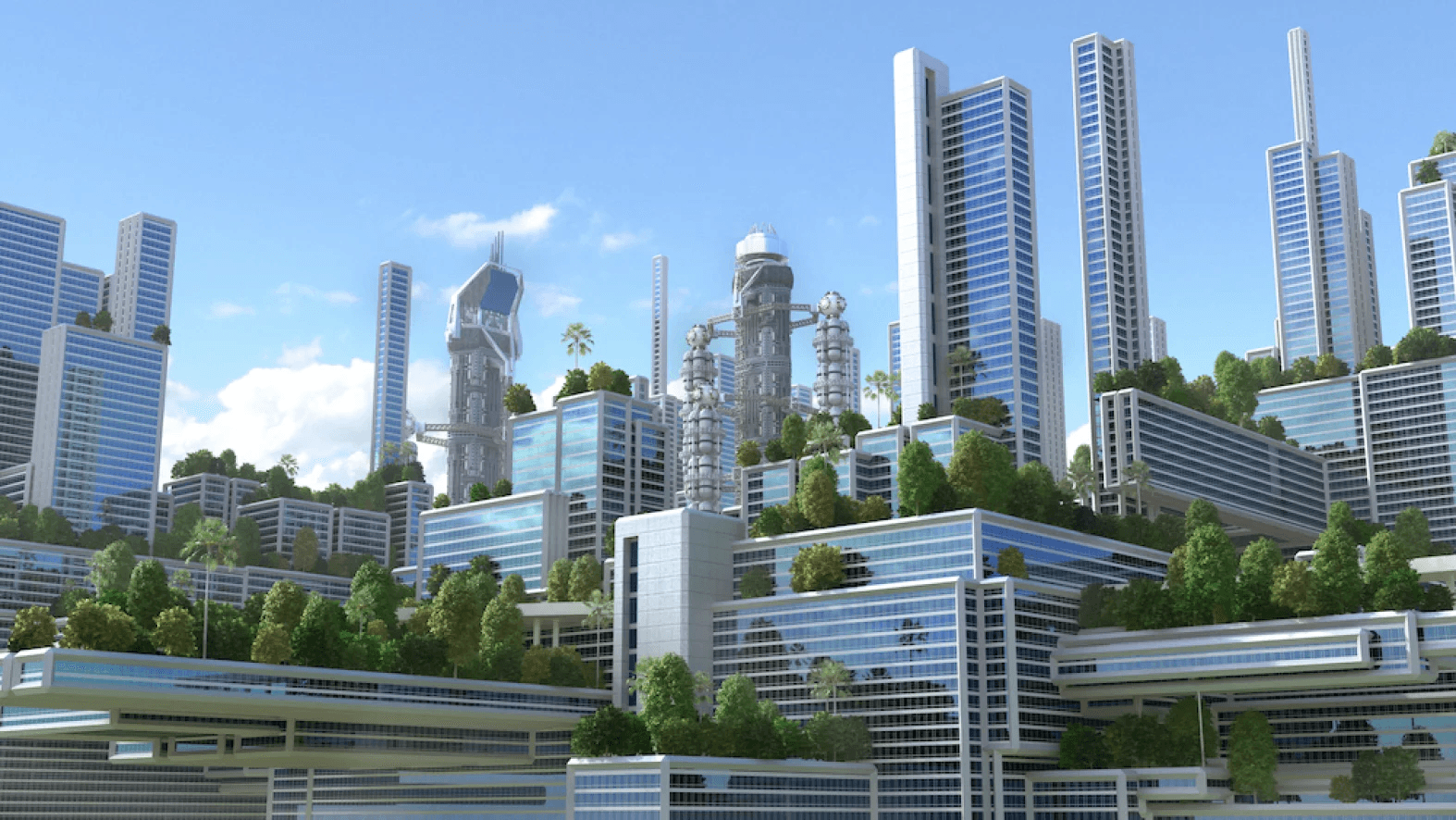Back to Blog
1 year in: Why the metaverse needs a reality check
Jun 28, 2023
Sam Huber
It’s been a year since we pivoted from our company in gaming tech Admix, to metaverse tech and rebranded as LandVault. Through the highs and lows, one thing is for sure - it’s been an insanely productive year. It’s also been a year where being nimble and adapting quickly to the changing market was the difference between success and failure.
When we acquired LandVault, the consensus was that if you wanted to build in web3, you’d build either in The Sandbox or Decentraland. These platforms had risen quickly to multi-billion dollar market caps through the bull market and promising a decentralized experience where users can truly own and monetize the content they create. Following the clients and the hype, we have completed close to 100 projects in these platforms, for all brands from NFT projects to large conglomerates like Mastercard, Heineken, Standard Chartered, L’Oreal etc. In a few months following our acquisition (Q3 2022), our metaverse business surpassed $10m ARR. Then a stellar expected Q4 turned into an ok Q4 as a few big deals got delayed. No worries, we thought. They will close in Q1.
They didn’t
In Q1 it started to be obvious that brands' excitement for these platforms was crashing fast. It seems obvious in hindsight - but harder to see when you are growing fast. As our growth started stalling, then reversing, and our pipeline thinning, we had to think quickly and come up with a plan. The situation forced us to ask tough questions, which, in hindsight, was the best thing that ever happened to the company. It led us to complete clarity on the next steps. But first, we had to really understand that sudden market shift.
What went wrong for the metaverse?
Unsurprisingly, the main problem for our customers (brands) was that these platforms had very little audience. Brands want to reach people, and if they’re not there, well - they’ll stick to the traditional channels. And why are users not there? Because there isn’t much to do in the metaverse, because most content is subpar, to be polite.
At this point it would have been easy to think the space was doomed and move away. But my conviction in the space remained intact, because of our previous industry: gaming. At LandVault we see gaming is a precursor for the metaverse - it has proven that for the right content, people are willing to spend hours immersed in virtual worlds. There are now 3B people playing games every day and spending $200B a year doing so. The metaverse doesn’t have a people problem - it has a content problem. Seed it with good, engaging content, and people will come, like they have in good, engaging games. What’s the difference after all? The metaverse is just gaming technologies applied to non-games use cases.
This belief in these fundamentals crystallized our view of the metaverse: the next best experience after reality - aka the best digital experience. There won’t ever be a replacement to meet friends face to face, travel to a country or attend a concert in person, but if you can’t do that, the metaverse should provide the next best experience to reality. Today, the next best experience after reality, are videos. The metaverse value proposition is to be better than that - a much more immersive and realistic experience.

A 3D internet
This leads us to our definition of the metaverse - the 3-Dimensional internet. Nothing to do with land or profile pictures avatars - but a richer experience for customers to browse the internet. Today, metaverse experiences compare more to 1990s video games than the next best experience to reality. So how do we get to the next best thing?
High fidelity: While gamers tolerate stylised characters or video environments like Minecraft, the mainstream audience for the metaverse may not. Users want to connect with graphics they understand and can relate to - in other words, high-fidelity-looking avatars, and worlds. The good news is that game engines like Unity and Unreal provide this output. Unreal5 specifically provides an avatar SDK to create high-fidelity characters. It's evident from video games that this technology is now ripe and should be visible across metaverse experiences.
Accessibility: For greater adoption, experiences must be easily discoverable and accessible. The onboarding for current metaverse platforms needs to be simplified - requiring a desktop, a crypto wallet, an avatar, and sometimes more ultimately contributes to entry barriers. Experiences should be accessible via a web link on mobile and compatible cross-platforms. No app to download - click and access the equivalent of an immersive 3D website and no in-experience requirement for complex joystick or controls.
Interoperability: If the metaverse is the internet's next phase, it must be open. Currently, metaverse platforms are building their own corners of the internet, which are not connected. This silo is a limitation for users managing multiple identities, accounts, and wallets across these platforms. If every new platform follows this trend, the metaverse will look like the social media landscape - a multitude of disconnected walled gardens. Metaverse experiences should be connected, similar to hyperlinks connecting websites, and this is only possible if all creators build on a common framework (or protocol) allowing interoperable features.

Making this a reality
These sound like obvious points, but actually you’d be hard pressed to find a simple solution in the market. When we realized the above is what is needed to maximize chances for people to spend time in the metaverse… we decided to build products around it. Putting all of this together defined our own thesis for the metaverse, building our own suite of tools to help build a 3D internet.
A creation tool leveraging AI to accelerate the creation of high-fidelity builds in the metaverse
A publishing tool to effortlessly deploy content on the web for maximum accessibility and interoperability
A protocol, Matera to tokenise content in minutes to protect IP rights and benefit from a web3 economy
A monetization SDK to drive ROI from these experiences
This roadmap is well under way - since Q4 last year we have been building relentlessly. The outcome is a suite of tools to build and monetize the 3D internet, and to give it true utility. This stack becomes the differentiator for our clients entering the metaverse - or should we say, the 3D internet. In parallel, we also found that the Middle East region is the most open to virtual worlds and this technology, hence why I have relocated to Dubai and developed the business in the region.

The beauty of a bear market
This article shows our thought process and conclusions we made to steer LandVault out of the metaverse winter and on a path to success. We had to ask fundamental questions and really question the ‘why’ to get down to the basics of the metaverse value proposition. In retrospect, I wished we did this earlier. But often difficult circumstances force you to make the right choices. When everything works during a bull market, it is hard to stop and think because the signals are on the green. As Bill Gates said, ‘success is a lousy teacher’. When we were doubling quarter on quarter, we thought we had product market fit. When we started losing customers, the bear market forced us to ask the right questions.
I am proud of the decisions we made, and even more of the products we are building. This technology will give true utility to the 3D internet - beyond the metaverse hype - and set LandVault to become a category defining company in the space. Bring on year 2!
Sam Huber, CEO
Jun 28, 2023
Sam Huber
Subscribe to our monthly newsletter
About Landvault
Landvault is building infrastructure to accelerate the metaverse economy, by building tools to create, deploy and monetize content. The company has helped over 200 clients enter the metaverse, including both Fortune 500 companies and government organizations like the Abu Dhabi government, Mastercard, L’Oreal, Red Bull, and Heineken. The company has raised a total of $40m over the past three years and continues to pioneer technological advancements.
